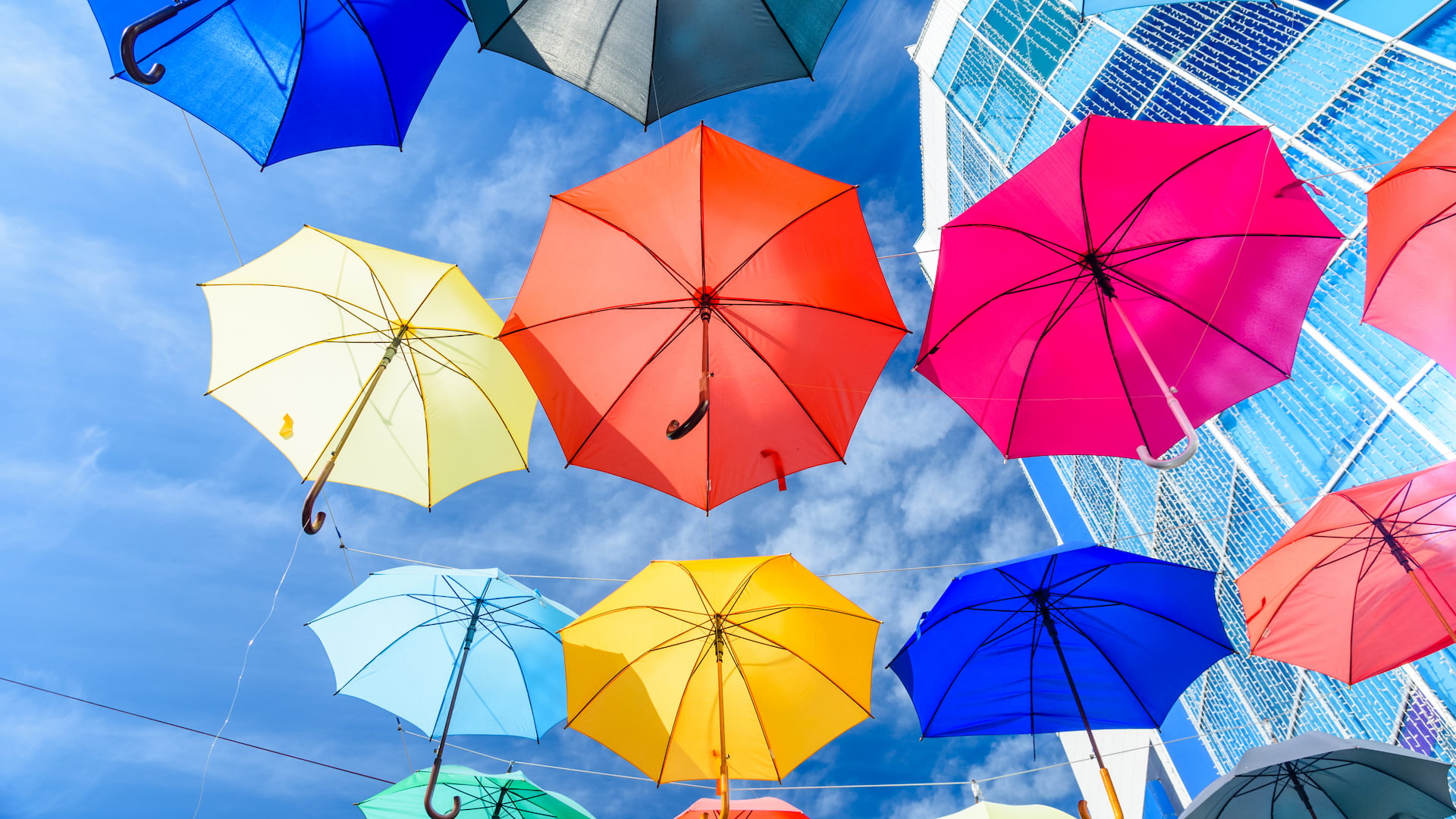
Posted on: 29th September 2017 in Finance
Investing in gold is a popular way of spreading risk in an investment portfolio. For all the glamour that comes from its scarcity and unique metallic qualities, gold remains on the radar of astute investors as a practical asset class because it generally offers a safe port when equity markets are stormy. But, with new asset classes (like cryptocurrencies and new commodities) coming onto the market all the time, is gold simply a historical relic that’s had its time, or does it remain a standout choice for steady investment in the future?
As a private individual, you can invest in gold by purchasing either a) physical gold items or b) “virtual” gold in the form of financial instruments tied to the price of gold which do not involve owning the actual physical substance.
The main advantage of gold is that the gold price grows proportionally with the global money supply, which makes it a great instrument to buffer your portfolio against inflation, crises, financial reforms and unpredictable market shocks. The global money supply has been on an upward trajectory since the beginning of the millennium, and so has the price of gold.
If you are looking for a safe haven for your money, then you might consider the mighty US dollar as a safer haven than gold. But if interest rates stay low under new US President Trump, then gold remains a viable option. Why? Because when interest rates are low, the price of gold tends to be high. And when interest rates are high, the price of gold tends to be low. That’s because interest rates push up the value of the US dollar which, in turn, reduces the attractiveness of gold as an investment. Confused? Speak to your IFA and cut through the jargon. If Trump creates a stronger dollar that will be bad for gold, that is for certain. But if interest rates stay low, gold should stay on the canny investor’s radar. Higher inflation often leads to higher interest rates but, in the US at least, interest rates continue to lag inflation – thus remaining “gold friendly”, as noted in Gold Focus 2017 of specialists Metals Focus.
Outside of the USA, the global political stage in 2017 is rife with the sort of political uncertainty that has, in the past, seen investors push the price of gold up: ongoing Brexit negotations destabilising the entire EU, Trump vs. China, elections in Europe and conflict in the Middle East. Gold.org reports that in a global comparison of gold ETF products in Q1 2017, “European-listed products were the most popular, due to continued political uncertainty in the region.”
Gold may not be the right investment tool for investors with a high risk appetite who are looking for astronomical returns. If this is you, then check out penny stocks or cryptocoins and be sure to take full responsibility for the risks involved!
India is a key consumer market for gold that started out being tipped as a bad area for gold in 2017 – but is possibly looking better as the year progresses. John Stopford of the Investec Diversified Income Fund argued in December 2016 that the removal of some denominations from the Indian currency – in a huge demonetisation of some 15 trillion rupees, or around US$220bn – would encourage Indian families to spend less on gold. But the World Gold Council at gold.org report that in Q1 2017, “after a whirlwind end to 2016, Indian consumers enjoyed a period of relative stability in the domestic market, buoying demand. Continued remonetisation by the RBI lifted consumer sentiment, which encouraged demand ahead of the auspicious wedding season …” Keep an eye on what happens with the Indian consumer market for gold – or ask your IFA for an expert opinion.
Chris Beauchamp of the IG Group argues that the 3 factors which usually depress the price of gold – a healthy equity market, increasing bond yields and a strong dollar – are all in ominous alignment for 2017. The bull market we have seen for the last eight years in equities is not likely to end just yet: check. Because of rising inflation, investors are selling bonds which, in turn, drives up yields: check. Trump’s fervent nationalism is driving towards a strong dollar in the long-run, despite the US dollar having wallowed at a six-month low as a result of all the political carnage.
The price of gold peaked in 2011 close to $1900 per troy ounce. But a series of factors then exerted pressure, leaving the price in 2017 to bounce within a channel of $1200 to $1400. The fall in metals prices generally can be tracked back to the implementation of the Dodd-Frank Act in 2011 by the US government as a response to the financial crisis in 2008. The Act made gold investing more troublesome for banks while hedge funds had new reporting requirements. The Act also announced a shift from the OTC markets to authorized exchanges. This situation, along with famous traders George Soros and John Paulson getting out of gold, underpinned a bearish sentiment. Currently, the price of gold has stabilised somewhat, and moves inside the $1200-1400 channel.
Gold should be considered as a way to shield your wealth from turbulence in markets over the short-term as well as protect against Bear phases of the stock market over the long-term. In the light of this resilience, professional investors commonly maintain a 10% investment of their wealth in gold. It rarely pays to be sentimental about investing, let alone about an individual asset class. But the special fascination of gold is based on a very practical value:
“For more than two thousand years gold’s natural qualities made it man’s universal medium of exchange. In contrast to political money, gold is honest money that survived the ages and will live on long after the political fiats of today have gone the way of all paper.” (Economist Hans F. Sennholz)
So: Gold – old news or bold news? An old favourite precisely because it is never the bold option. Here at Holborn Assets we do not trade in gold directly on behalf of our clients – but as an investment class it is granted our stamp of approval as part of a fully-diversified portfolio.
We have 18 offices across the globe and we manage over $2billion for our 20,000+ clients
Get started
Digital Assets: From Fringe to Framework A Responsible View for Internationally Mobile Investors Executive Summary Digital assets have moved from the fringes of finance into mainstream discussion. The arrival of...
Read more
Across the global expatriate market, one product category is showing unprecedented momentum in 2025: Indexed Universal Life (IUL). As client expectations move toward solutions that combine long-term protection, tax-efficient wealth...
Read more
Chancellor Rachel Reeves delivered her second Autumn Budget in dramatic circumstances, after the Office for Budget Responsibility (OBR) accidentally released its full economic outlook online 45 minutes before her speech....
Read more
In today’s world, much of our lives are lived online. From email accounts and social media profiles to digital wallets and online businesses, we’re building a digital legacy—often without realising...
Read more